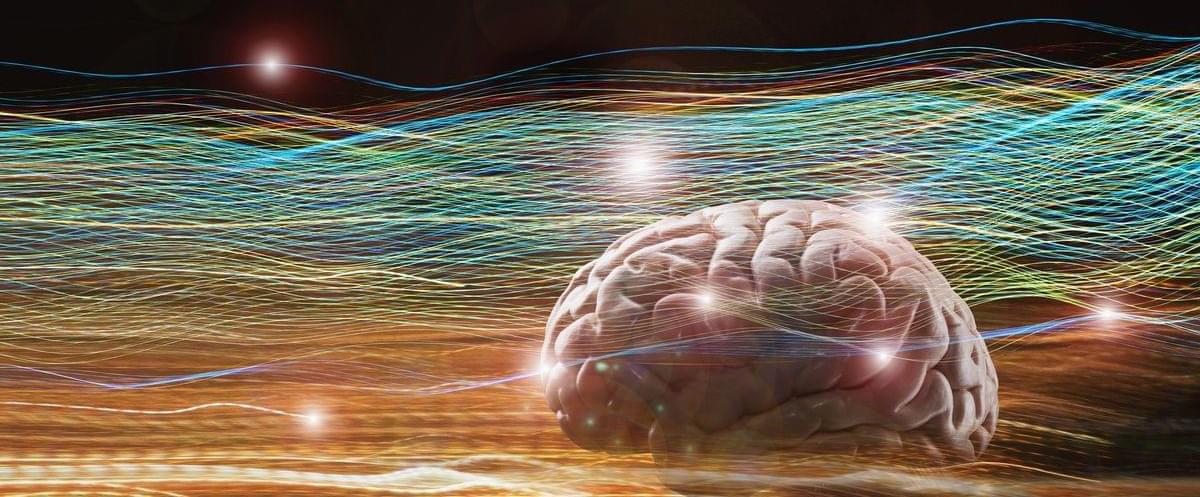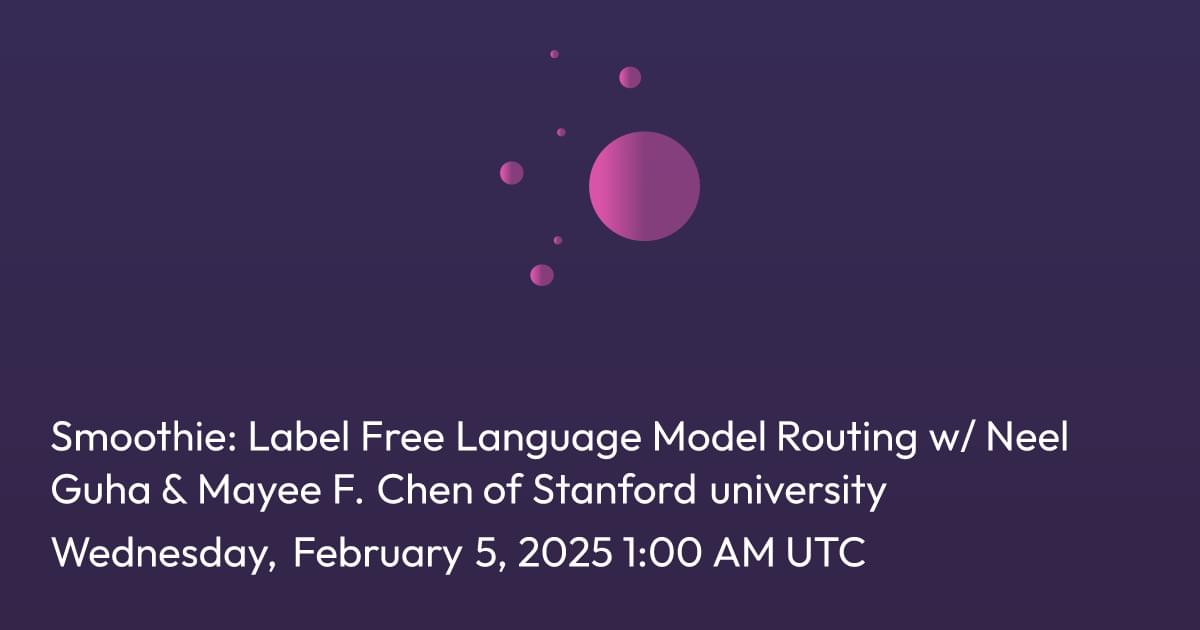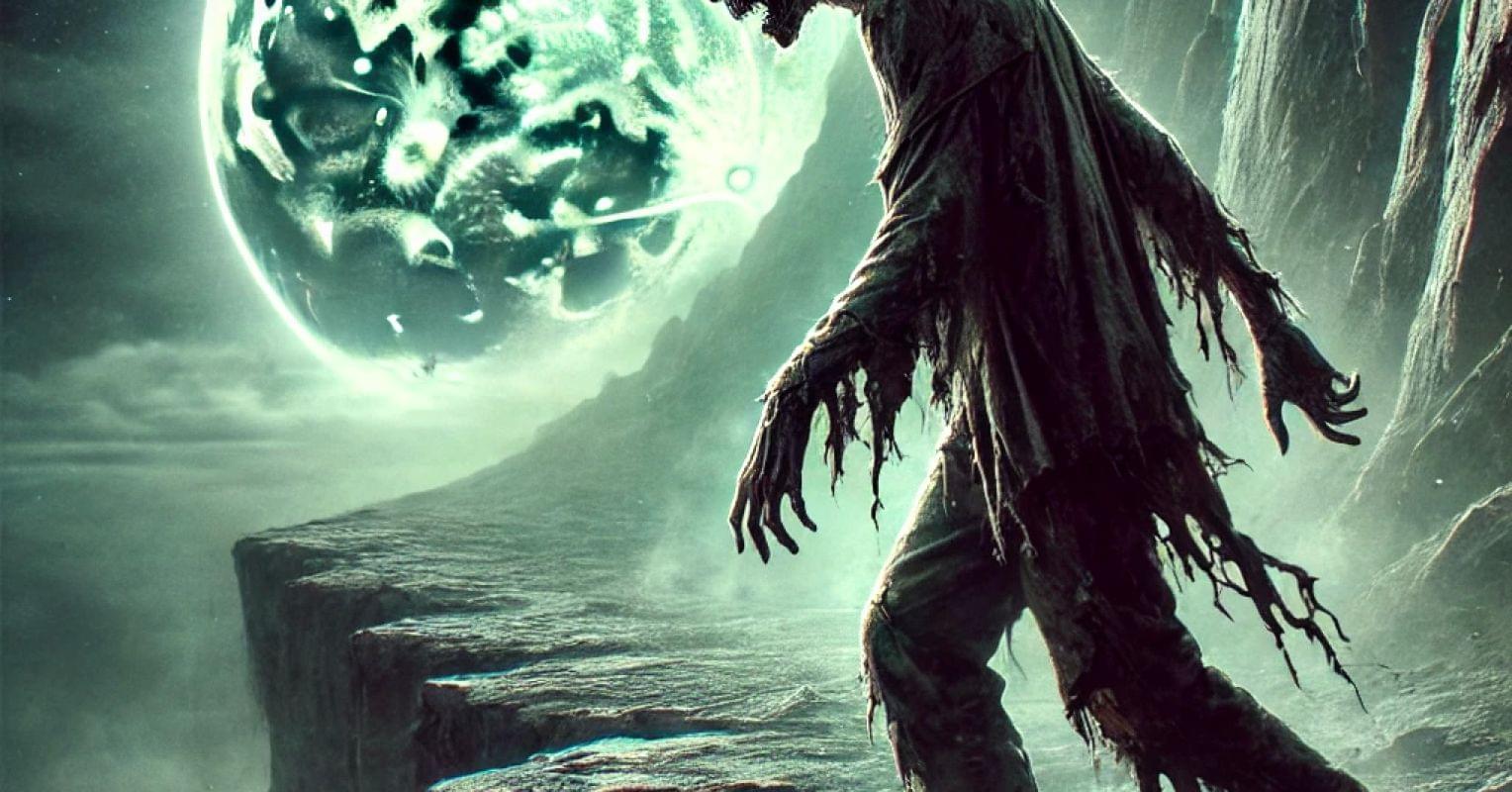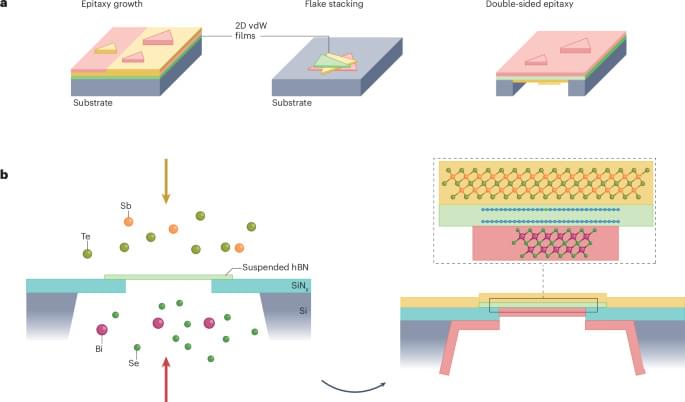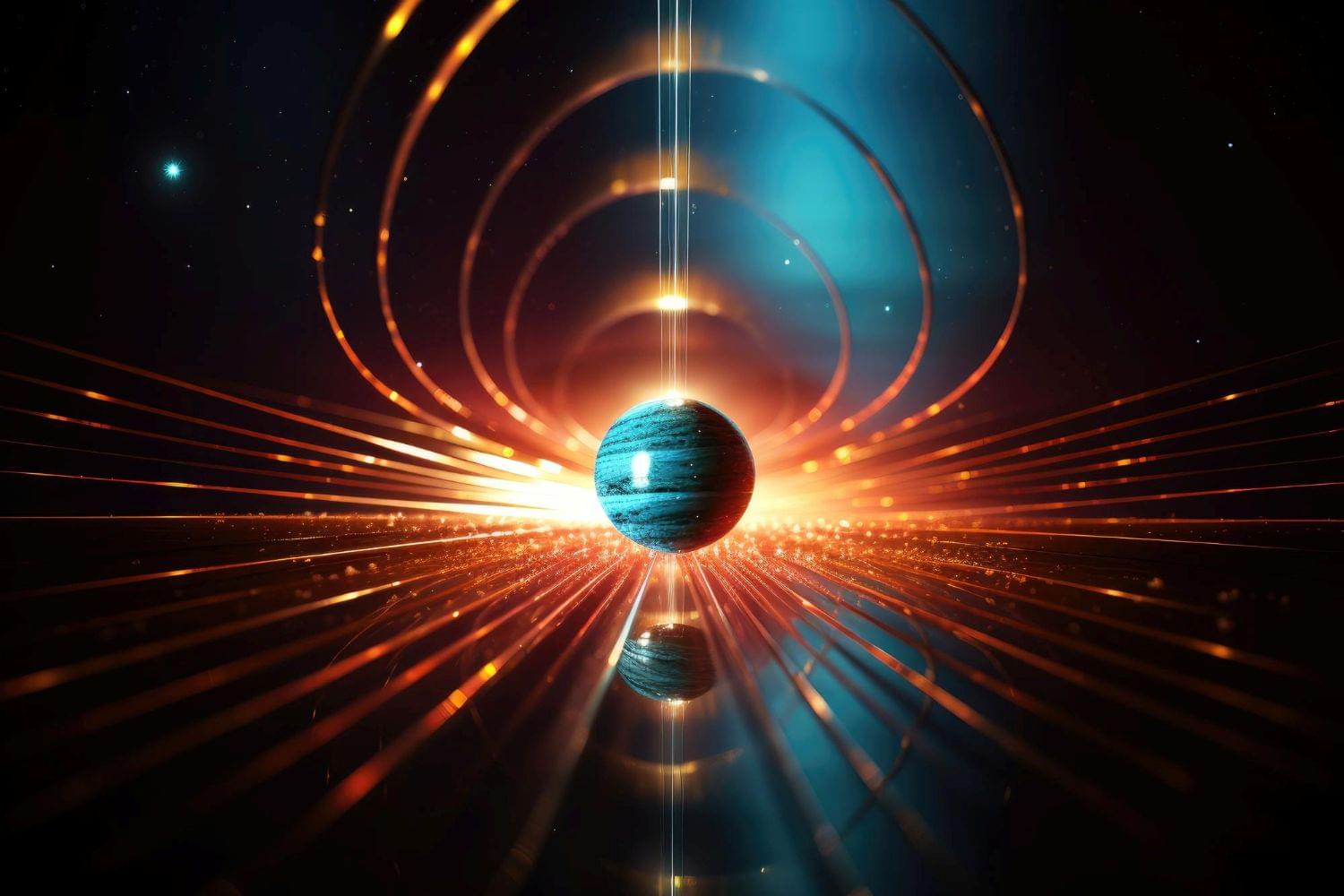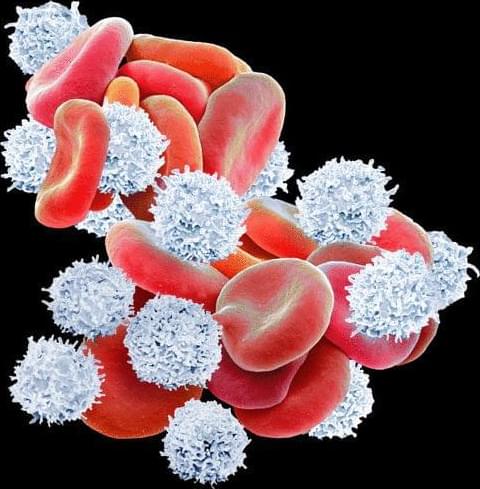Anders discusses his optimism about AI in contrast to Eliezer Yudkowsky’s pessimism.
#AGI #Optimism #pdoom.
Many thanks for tuning in!
Please support SciFuture by subscribing and sharing!
Buy me a coffee? https://buymeacoffee.com/tech101z.
Have any ideas about people to interview? Want to be notified about future events? Any comments about the STF series?
Please fill out this form: https://docs.google.com/forms/d/1mr9PIfq2ZYlQsXRIn5BcLH2onbiSI7g79mOH_AFCdIk/
Kind regards.
Adam Ford.
- Science, Technology & the Future — #SciFuture — http://scifuture.org

